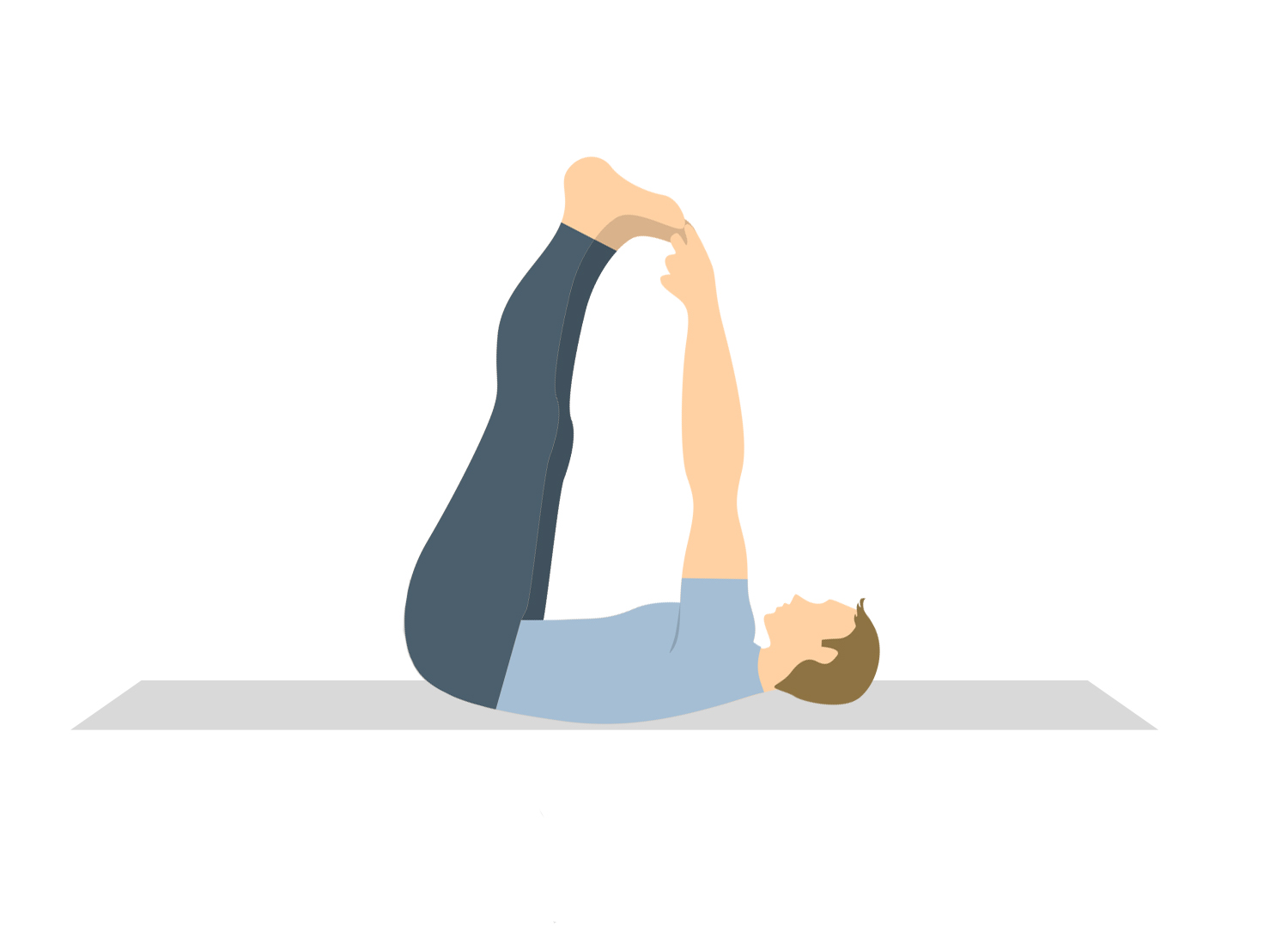Find out more about how this website uses cookies to enhance your browsing experience.
Technique
In this posture the body resembles the shape of plough. Lie down on your back and stretch your body. Keep your arms by your sides along the hips. The palms will face the ground. Putting pressure on your hands, lift your legs slowly and make with them an angle of 90 at your waist. Head should not be lifted at all, nor should be any bend in the legs. The feet will remain completely stretched. Put more pressure on the hands, lift your waist also and take your legs beyond your head with feet touching the ground . In this position, your knees should go beyond your head. In the entire process, the legs will remain joined, the hands will stick to the ground, and breathing should remain normal. The legs should be lifted as slowly as possible. Do not do any violence to your body. Now lift your hands from the ground and take them to the back of your, so that they might touch the toes of your feet. Bring your legs back to the 90 angle very slowly, stay here for few seconds and then place the legs down on the ground. Relax completely in Shavasana.
The beginners should raise legs only up to 90 at the waist and then come back . Increase the frequency slowly; do it 3 or 4 times daily.
Advantages
Halasana is very useful for increasing mental and physical energy. It helps in the supply of the fresh blood to the spine and its ligaments; abdominal cavity is compressed and fresh blood enters this region. It also give strength to pancreas, spleen, kidneys and liver. It removes fat from the abdominal region and the waist. It helps to cure backache and fatigue of legs. It also increases memory and elasticity.
